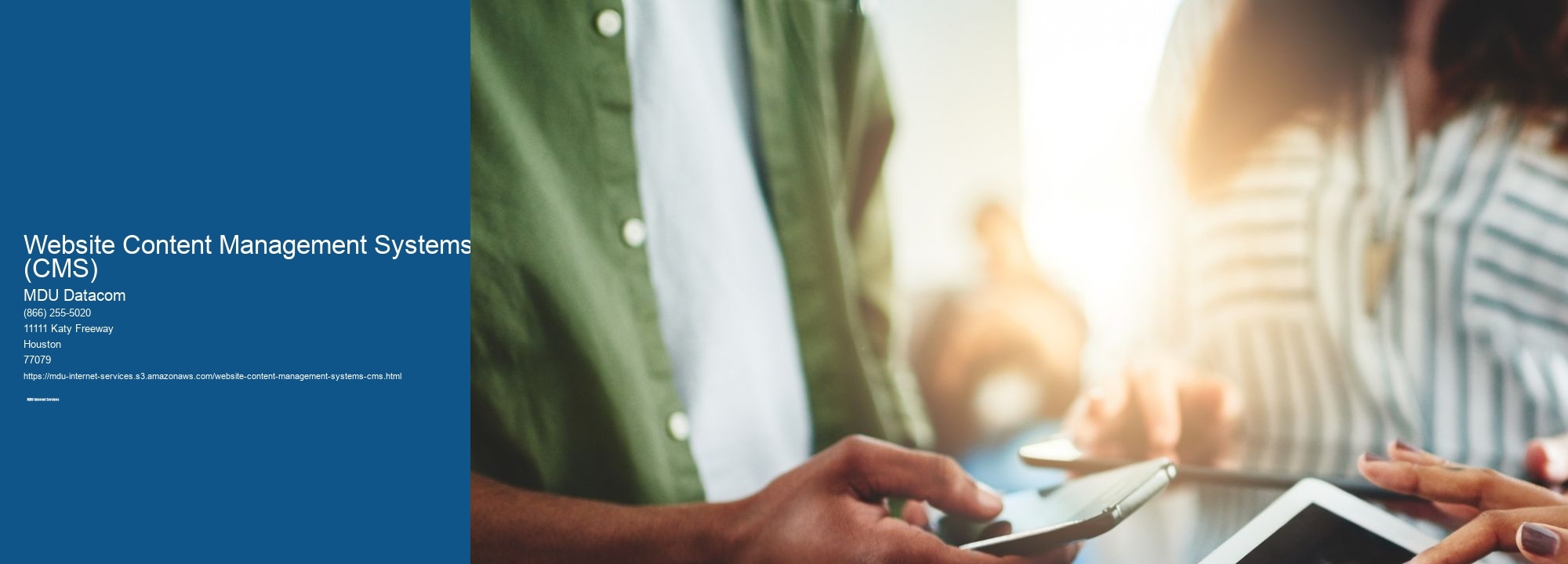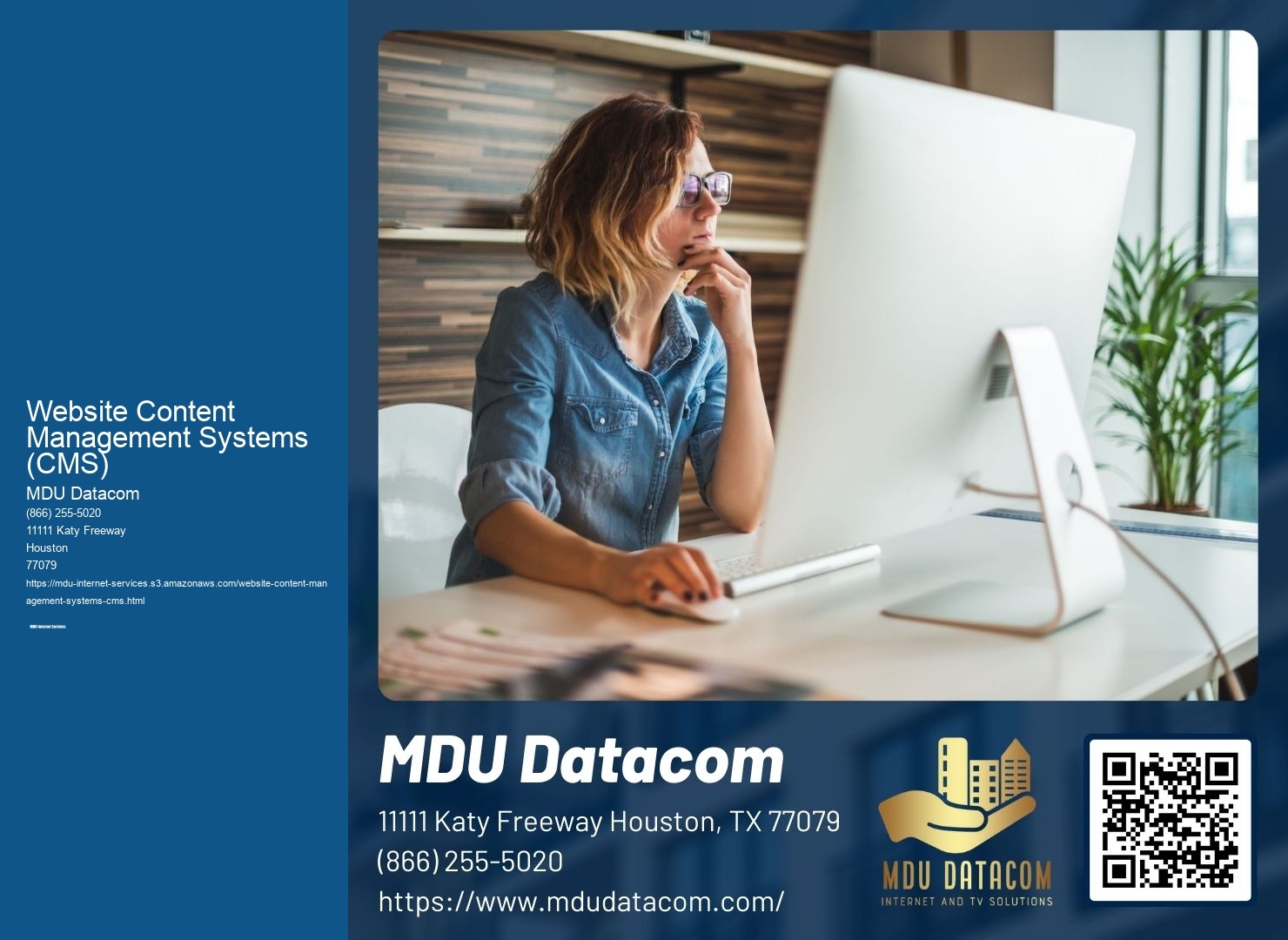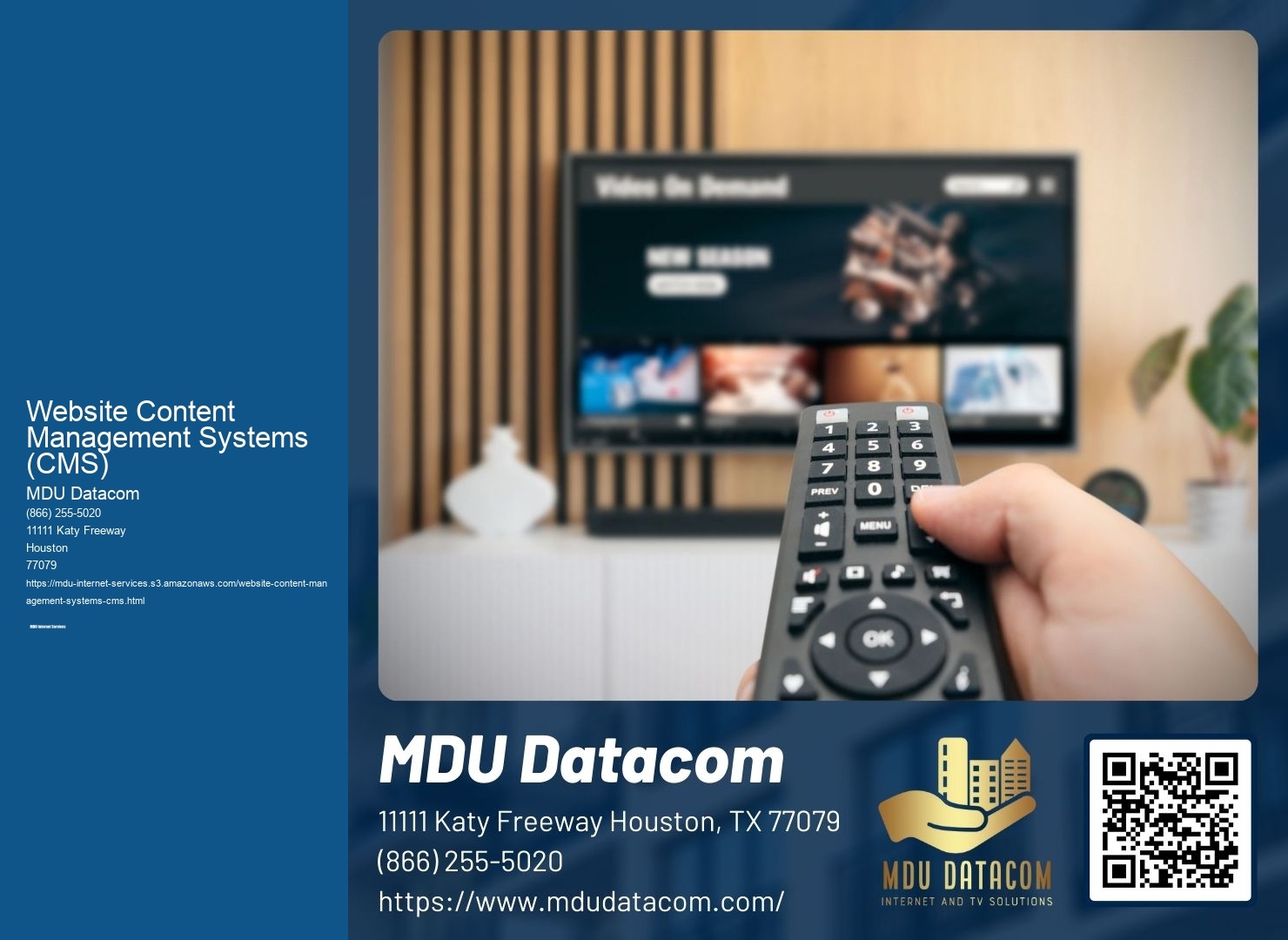

Organizations can assess their network vulnerabilities and risks by conducting a thorough analysis of their network infrastructure, identifying potential weaknesses, and evaluating the impact of various disaster scenarios. This can involve conducting risk assessments, vulnerability scans, and penetration testing to identify potential security gaps. Additionally, organizations can gather insights from industry best practices, regulatory requirements, and lessons learned from previous incidents. By understanding their network vulnerabilities and risks, organizations can develop an effective disaster recovery plan that addresses their specific needs and priorities.
Organizations should consider various types of network disasters in their recovery plans, including natural disasters (such as hurricanes, earthquakes, or floods), cyberattacks (such as ransomware or DDoS attacks), hardware or software failures, power outages, and human errors. Each type of disaster presents unique challenges and requires specific recovery strategies. For example, in the case of a natural disaster, organizations may need to focus on physical infrastructure recovery and data restoration, while in the case of a cyberattack, they may need to prioritize incident response, containment, and system restoration.
Best practices for creating and implementing a network disaster recovery plan include establishing clear roles and responsibilities, regularly backing up critical data and systems, implementing redundant systems and infrastructure, conducting regular testing and drills, and maintaining open lines of communication with key stakeholders. It is important to involve all relevant departments and personnel in the planning process to ensure a comprehensive and coordinated approach.

To ensure the continuity of network operations during a disaster, organizations can implement various measures. This includes establishing redundant systems and infrastructure, such as backup servers or cloud-based solutions, to ensure that critical services can continue even if primary systems are compromised. Implementing failover mechanisms and load balancing can help distribute network traffic and prevent bottlenecks. Additionally, organizations can prioritize and allocate resources to critical functions and services, ensuring that they receive the necessary support and resources to remain operational during a crisis.
Common challenges and obstacles that organizations may face when implementing a network disaster recovery plan include budget constraints, lack of awareness or understanding of the importance of disaster recovery, resistance to change, and the complexity of modern network infrastructures. Limited financial resources can make it difficult to invest in the necessary infrastructure, tools, and training required for an effective recovery plan. Lack of awareness or understanding can lead to a lack of commitment or support from key stakeholders. Resistance to change can hinder the adoption of new technologies or processes. Lastly, the complexity of modern network infrastructures, with interconnected systems and dependencies, can make it challenging to develop a comprehensive and effective recovery plan.

Using a content management system (CMS) for website development offers several advantages. Firstly, it allows for easy and efficient content creation and management. With a CMS, website owners can easily add, edit, and delete content without the need for technical expertise. This streamlines the website development process and reduces the reliance on web developers. Additionally, a CMS provides a consistent and standardized design across all pages of a website, ensuring a professional and cohesive look. It also allows for easy scalability, as new features and functionalities can be added to the website without disrupting the existing content. Multi-Family Property Wi-Fi Services Overall, a CMS simplifies website development, improves efficiency, and enhances the user experience.
A CMS plays a crucial role in managing and organizing website content. It provides a centralized platform where all content can be stored, organized, and accessed. This makes it easier to locate and update specific pieces of content, ensuring that the website remains up-to-date and relevant. A CMS also allows for the categorization and tagging of content, making it easier for users to navigate and search for specific information. Additionally, a CMS enables content versioning, allowing website owners to track changes and revert to previous versions if needed. This ensures content accuracy and consistency. Overall, a CMS simplifies content management, improves organization, and enhances the overall user experience.

MDU (Multi-Dwelling Unit) ensures internet reliability during peak usage times by implementing various strategies and technologies. One of the key approaches is the use of load balancing techniques, which distribute the network traffic evenly across multiple servers or connections. This helps to prevent any single server or connection from becoming overwhelmed and ensures a consistent and reliable internet experience for users. Additionally, MDU may employ traffic shaping and prioritization techniques to allocate bandwidth resources efficiently. By prioritizing critical applications and limiting bandwidth for non-essential activities, MDU can optimize network performance and minimize disruptions during peak usage periods. Furthermore, MDU may invest in robust infrastructure, such as fiber-optic cables, to provide high-speed and reliable internet connectivity. This advanced technology allows for greater bandwidth capacity and faster data transmission, reducing the likelihood of congestion and ensuring a reliable internet connection even during peak usage times.
MDU, or Multiple Dwelling Unit, typically handles requests for internet service upgrades in older apartment buildings with outdated infrastructure by conducting a thorough assessment of the existing infrastructure and identifying the areas that require improvement. This assessment includes evaluating the wiring, cabling, and networking equipment in the building to determine the extent of the upgrades needed. Once the assessment is complete, MDU may employ various strategies such as rewiring, installing new networking equipment, or upgrading the existing infrastructure to ensure a seamless and efficient internet service. Additionally, MDU may collaborate with internet service providers to leverage advanced technologies like fiber-optic cables or wireless networks to enhance the internet connectivity in these older buildings. By employing these strategies, MDU aims to provide residents with faster and more reliable internet service, despite the challenges posed by outdated infrastructure.
Residents of MDU (multi-dwelling unit) internet services can indeed request priority access for specific online services or applications. With the increasing demand for high-speed internet and the proliferation of various online services, MDU providers understand the need for customized internet experiences. By prioritizing access to specific services or applications, residents can enjoy seamless streaming, gaming, or other online activities without any interruptions or latency issues. This prioritization can be achieved through advanced traffic management techniques, such as Quality of Service (QoS) protocols, which allocate bandwidth and prioritize certain types of traffic over others. Additionally, MDU providers may offer service plans that cater to specific online activities, allowing residents to choose packages that prioritize their preferred services or applications.
MDU (Multi-Dwelling Unit) ensures equitable internet access for all residents within a multi-family property by implementing various strategies and technologies. Firstly, they deploy fiber-optic cables, which provide high-speed and reliable internet connectivity to all units. Additionally, they install Wi-Fi access points strategically throughout the property to ensure seamless coverage in all areas. To further enhance accessibility, MDU may also offer multiple internet service providers (ISPs) to residents, allowing them to choose the provider that best suits their needs. Moreover, MDU may implement bandwidth management systems to ensure fair distribution of internet resources among residents, preventing any single user from monopolizing the network. By employing these measures, MDU ensures that all residents have equal and fair access to high-quality internet services within the multi-family property.
Yes, MDU does offer managed Wi-Fi services for property management companies. As a leading provider in the industry, MDU understands the unique needs of property management companies when it comes to Wi-Fi services. They offer a comprehensive range of managed Wi-Fi solutions that are specifically designed to meet the demands of multi-dwelling units. These services include installation, maintenance, and support for Wi-Fi networks, as well as advanced features such as guest access, bandwidth management, and security protocols. With MDU's managed Wi-Fi services, property management companies can ensure that their residents have reliable and high-speed internet connectivity, enhancing the overall living experience in their properties.
When it comes to streaming quality or resolution with MDU internet services, there may be certain limitations to consider. These limitations can vary depending on factors such as the specific MDU internet provider, the type of internet connection being used (e.g., fiber optic, cable, DSL), and the package or plan chosen by the customer. Some MDU internet services may offer different tiers or levels of service, each with its own maximum streaming quality or resolution. For example, a basic package may only support streaming in standard definition (SD), while a higher-tier package may allow for streaming in high definition (HD) or even ultra-high definition (UHD). Additionally, the overall bandwidth and network congestion can also impact streaming quality, especially during peak usage times. It is important for customers to review the details of their chosen MDU internet service and plan to understand any potential limitations on streaming quality or resolution.